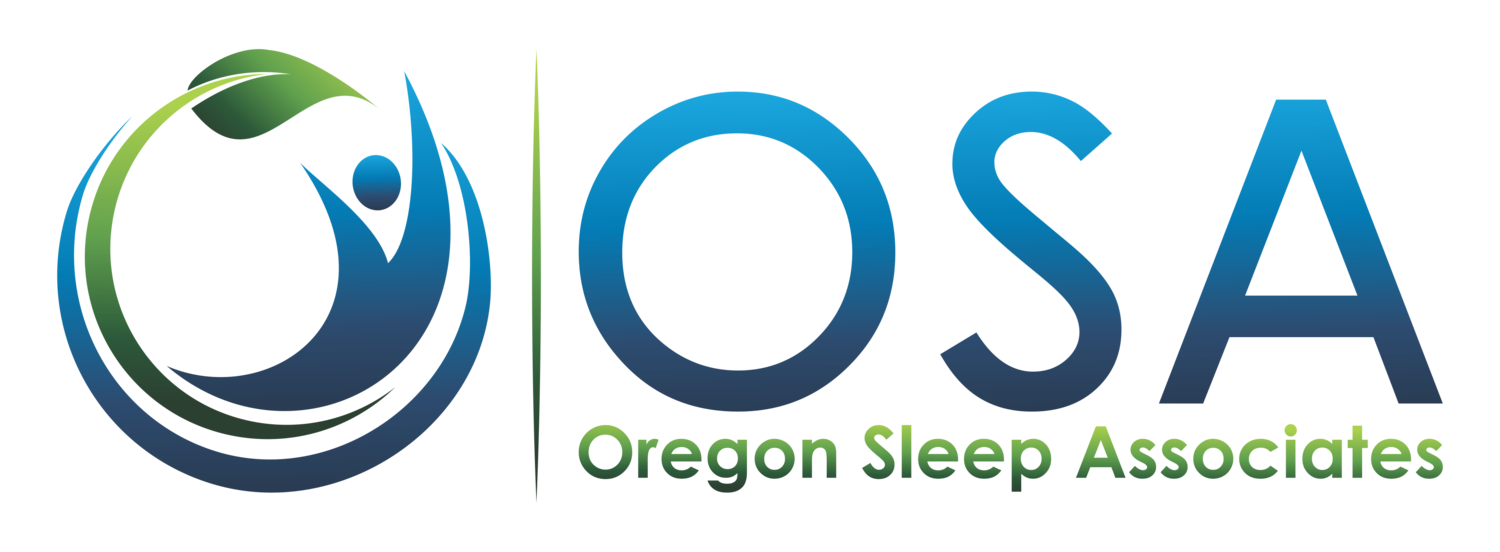America’s Chronic Health Conditions Point to Sleep Apnea
A study by the Blue Cross Blue Shield Association in 2018 showed 50 percent of the top 10 health conditions affecting Americans are direct comorbidities for obstructive sleep apnea (OSA).
The report ranked conditions based on their negative impact on overall health.
The top two – hypertension and depression - are major risk factors for OSA.
The number one condition – which affects 31.4 percent of all Americans (approx. 103 million people) – is high blood pressure, which on average has a 60 percent overlap with sleep apnea.
The combination of sleep deprivation and intermittent hypoxemia (low oxygen) – which are faces of the OSA profile – leaves every part of our bodies and minds disrupted and primed for disease.
What is Sleep Apnea?
The definition of sleep apnea is in its name. Apnea originally comes from the Greek word “apnous” which means breathless. Sleep apnea literally means “breathless (or not breathing) while you sleep.”
The apnea part of sleep is obviously not continuous (it is usually 10-20 second pauses) and is broken up by periods of breathing – often accompanied by heavy snoring.
However, in people with severe sleep apnea, if you add up all the respiratory pauses, they might spend up to one-third of each hour not breathing! That is 20 minutes per hour where oxygen is not being drawn into their bodies and, equally important, carbon dioxide is not being expelled.
It is no wonder the cardio-pulmonary system becomes strained and systemic hypertension ensues. The heart and lungs are having to work that much harder to provide the essential element of oxygen to every organ and tissue cell in the body.
What Causes Sleep Apnea?
There are two main types of sleep apnea: obstructive and central.
Obstructive Sleep Apnea
Obstructive sleep apnea is by far the most common form and, as its name describes, is a pause in breathing during sleep due to an obstruction or block of airflow to and from the lungs. This constriction of airflow usually occurs in a person’s upper airway near the base of the tongue. It can be a full obstruction, where no air passes at all, or a partial obstruction, where a small amount of air gets through, but not enough to provide adequate ventilation.
Whether full or partial obstruction, blood oxygen levels drop signaling the central nervous system (CNS) of an emergency. The CNS then launches into survival mode, pumping adrenaline and other fight or flight hormones into the blood stream which activate muscle tone and open the airway. After a few recovery breaths, the o2/Co2 balance and the weight of sleepiness subdue the CNS back to sleep (at least for another 10 seconds). The cycle of a 10-second pause in breathing, oxygen dropping, CNS emergency, recovery breaths, and back to sleep can happen literally hundreds of times per night for many with obstructive sleep apnea. OSA puts the body in a state of distress during the peak time it is supposed to rest and heal.
Central Sleep Apnea
Central sleep apnea (CSA) shares several of the same components and all the consequences of OSA, but the triggering mechanism is completely different. CSA has more of a chemical neurologic origin versus the physical blockage of OSA. With central apnea, the brain simply does not signal the lungs to breathe. This delay in communication happens even though the airway is open and ready to take a breath. Centrals are often referred to as clear-airway apneas.
Causes of central sleep apnea can be due to poor circulation from conditions such as congestive heart failure or as a result of traumatic brain injury. CSA is much less common than OSA, but it is equally as debilitating on overall health.
Consequences of Untreated Sleep Apnea
Cognitive
Since sleep must be continuous and consolidated in order to be restorative, numerous cognitive problems can occur with sleep fragmentation, including:
Daytime sleepiness
Memory problems
Difficulty concentrating
Emotional instability
Irritability
Slowed reaction time
Increased risk of motor vehicle accidents
Developmental delays and learning difficulties (for pediatrics)
Cardiovascular
By increasing the work of breathing, the heart and blood vessels become stressed, increasing the risk of:
High blood pressure
Heart disease
Stroke
Erectile dysfunction
Social
Sleep apnea not only affects the health of body and mind, but can put a strain on relationships and finances through the following:
Snoring
Sleep attacks (unwanted dozing off)
Decreased work productivity
Increased sick days
Who is At Risk for Sleep Apnea?
Gender
OSA is estimated to affect about 8.3 million women and 11.1 million men in the United States.
Age
The largest age group affected are between 45-65 years old for both men and women. However, prevalence continues to go up with age.
Body Mass Index (BMI)
Overweight and obese adults, with a BMI over 25 and especially 30 and above, are twice as likely to have or develop obstructive sleep apnea than those with a normal BMI 18-24.
Pediatrics show similar trends with 46% of obese children having OSA versus 33% prevalence for normal weight individuals.
Is Sleep Apnea Curable?
Given that both obstructive and central sleep apnea are complex sleep disorders with multiple dysfunctions of physical and chemical origin, a cure for these conditions is not the same for everyone.
While there have been some cases of significant sleep apnea reduction or elimination due to weight loss, most will manage the disorder with treatment such as positive airway pressure (PAP) devices.
To learn more about CPAP or find out if you are excessively sleepy click below.


